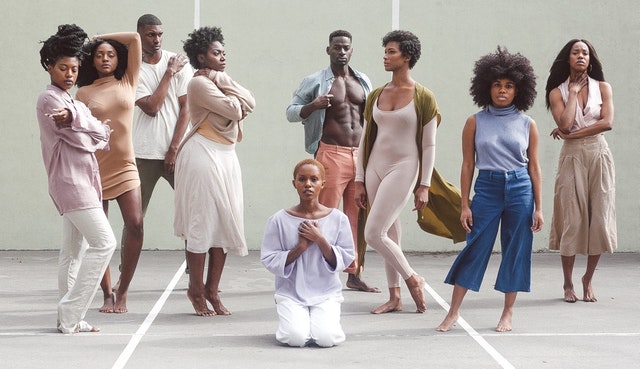The Case for Black With a Capital B
The New York Times
2014-11-18
Lori L. Tharps, Associate Professor of Journalism
Temple University, Philadelphia, Pennsylvania
PHILADELPHIA — I WAS sitting in my office at Temple University when I overheard an exchange between a colleague and his student. The student had come to see her professor to go over a paper, and he was patiently explaining that the abundance of grammatical mistakes detracted from her compelling content. I sympathized with my colleague as he pointed out error after error. Until he came to this one.
“Why did you capitalize black and white people?” he asked. “I thought I’d seen it written that way before,” the girl stammered. “Come on,” he said. “Why would you capitalize black or white?”…
…After emancipation, as many individuals replaced their slave surnames with ones of their own devising, like Freedman or Freeman, they still bore the painful legacy of the labels they’d been given: black, negro and colored.
It wasn’t only Black people who didn’t know what to call the nearly four million newly freed citizens of the United States. The government itself fumbled its way through names, categories and labels for Black people. Between 1850 and 1920, the United States census classified those of African descent as black, negro, mulatto, quadroon or octoroon — depending on the visual assessment of the census taker. By 1930, the Census Bureau offered just one of these categories: negro.
This wasn’t solely an issue of identity politics. In a 2008 article on the census for Studies in American Political Development, Jennifer L. Hochschild and Brenna M. Powell wrote, “Over the course of almost a century, the U.S. government groped its way through extensive experimentation — reorganizing and reimaging the racial order, with corresponding impact on individuals’ and groups’ life chances.” These names matter…
Read the entire article here.


